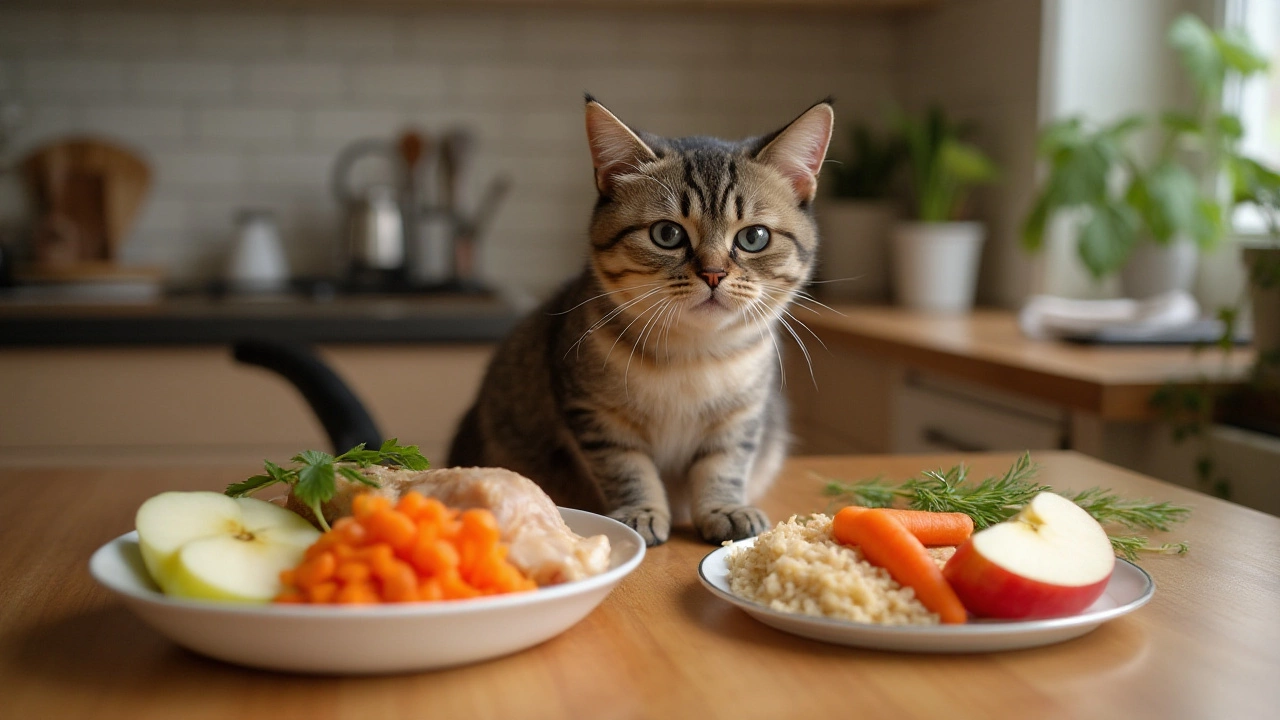Feeding Cats: Essential Tips for Healthy Pets
Got a cat that seems to be a picky eater or always begging for more? You’re not alone. Figuring out what, when, and how much to feed can feel like solving a puzzle, but the right answers are simpler than you think. Below you’ll find straight‑forward advice that helps you choose food, set a schedule, and keep your feline in top shape.
Choosing the Right Food
First thing’s first – the bowl matters. Not all dry cat foods are created equal. Look for labels that list real meat as the first ingredient and steer clear of excessive grains, artificial colors, and by‑products. If you spot "corn gluten meal" or "animal digest" near the top, it’s a red flag. These ingredients can cause digestive upset over time and add empty calories.
Wet food can boost moisture intake, especially for cats that don’t drink much water. A mix of high‑quality wet and dry often works best: wet for hydration and protein punch, dry for dental scrape and convenience. Check the guaranteed analysis for at least 30% protein and under 10% carbohydrates – cats are obligate carnivores, after all.
Setting a Feeding Schedule
How many times a day should a cat eat? Most adult cats thrive on two meals spaced 8‑12 hours apart. Kittens need three to four meals because their tiny stomachs empty quickly. Stick to consistent times; cats love routine and it helps prevent overeating.
Measure portions using the serving guide on the food package, but treat it as a starting point. Adjust up or down based on your cat’s activity level, age, and body condition. If your cat’s waist starts to look like a baseball bat, trim the portions a bit. Conversely, a thin cat may need a few extra scoops.
Never leave dry food out all day unless you’re monitoring intake. Free‑feeding can mask over‑eating and make it harder to spot health issues. Instead, offer the measured amount, wait 20‑30 minutes, then remove any leftovers. This mirrors a natural hunt‑and‑eat pattern and keeps weight in check.
Pay attention to your cat’s signals. If they finish their bowl quickly and start begging, they might be under‑fed or simply enjoy the taste. Try a slightly larger portion for a few days, then reassess. On the flip side, if food sits untouched for a while, you may be offering too much or the wrong flavor.
Finally, remember that treats count toward daily calories. A couple of small bites are fine, but they shouldn’t replace a balanced meal. Choose treats that list real meat and avoid sugary snacks.
By picking a quality diet, measuring portions, and sticking to a routine, you’ll give your cat the fuel it needs without the guesswork. Happy feeding!
- Morgan Ainsworth
- 0 Comments
Healthy Alternatives to Conventional Cat Food
Cats, with their unique dietary needs, require a sensitive approach when considering alternatives to traditional cat food. This article dives into exploring safe and nutritious human foods that can complement or replace regular cat food without compromising your feline's health. By emphasizing fresh proteins, grains, vegetables, and fruits, we offer guidance on establishing a balanced home menu for your pet. With useful tips and insights, discover how to enrich your cat's diet while ensuring its overall well-being.
View More
